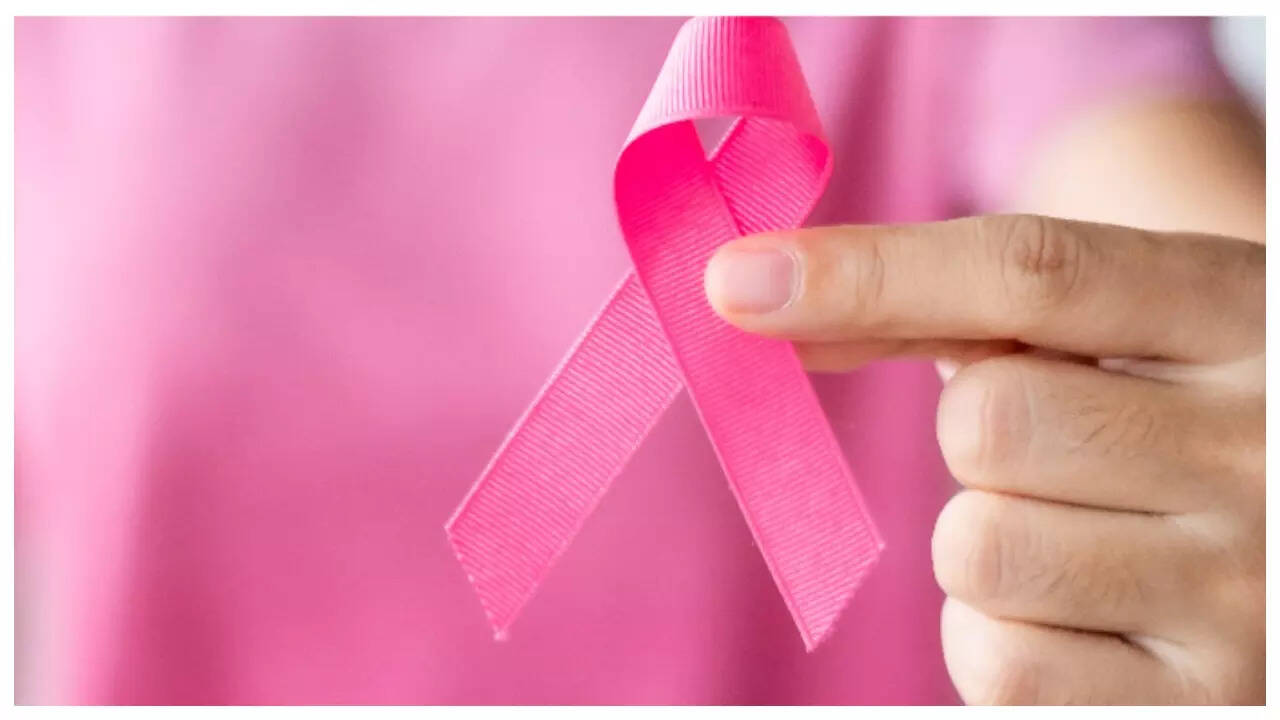Cancer claimed about 9.6 million lives in 2018, according to the World Health Organisation (WHO). This is 1 in every 6 deaths. Cancer is the second leading cause of death globally. While lung, prostate, colorectal, stomach, and liver cancer are the most common types in men, it is breast, colorectal, lung, cervical, and thyroid cancer in women. But what if you can curb the risk of cancer? There are some lifestyle factors that come into play, including exercise. A new study by the researchers at Edith Cowan University in Australia found that a single exercise can fill the bloodstream with cancer-busting allies. The findings of the study are published in Breast Cancer Research and Treatment.How a single bout of physical activity can slow down cancer cell growth?

(Pic courtesy: iStock)
The researchers have found that exercise makes muscles release substances that may help slow the growth of breast cancer cells. In an experiment involving 32 breast cancer survivors, a 45-minute exercise session of either resistance training or high-intensity interval training led to a surge of messenger proteins in the blood. When these myokines were introduced into the breast cancer samples, they suppressed the growth of the cancer cells by up to 30%!“The results from the study show that both types of exercise really work to produce these anti-cancer myokines in breast cancer survivors,” lead author and exercise researcher Francesco Bettariga from Edith Cowan University in Australia said in a statement. “The results from this study are excellent motivators to add exercise as standard care in the treatment of cancer.”
During the study, the researchers tested participants’ blood for myokines, the proteins released by muscles. They tested its presence before exercise, right after, and 30 minutes after the exercise. During the study, one group of participants performed resistance training such as chest presses, seated rows, shoulder presses, lateral pulldowns, leg presses, leg extensions, leg curls, and lunges. The other group did high-intensity interval training on machines like the bike, treadmill, rower, and cross-trainer.

The researchers found that both types of workouts caused a short-term rise in three myokines: decorin, IL-6, and SPARC. The skeletal muscles release myokines into the bloodstream when we exercise. These proteins help with growth, fat burning, and reducing inflammation. Preclinical and experimental studies have shown that they can also slow tumor growth, including breast cancer. However, until now, it was unknown whether the same phenomenon happens in cancer survivors. As triple-negative breast cancer cells lack hormone receptors, they weren’t expected to be affected by exercise. However, the new study found that these cancer cells were still slowed down by exercise-related myokines.
“Our findings demonstrate that both resistance training and high-intensity interval training elicit acute changes in circulating myokines and reduced cancer cell growth, which may contribute to proposed biological pathways involved in cancer control. However, further research is needed to determine the long-term relevance of these responses for disease recurrence in breast cancer survivors,” the authors said.











